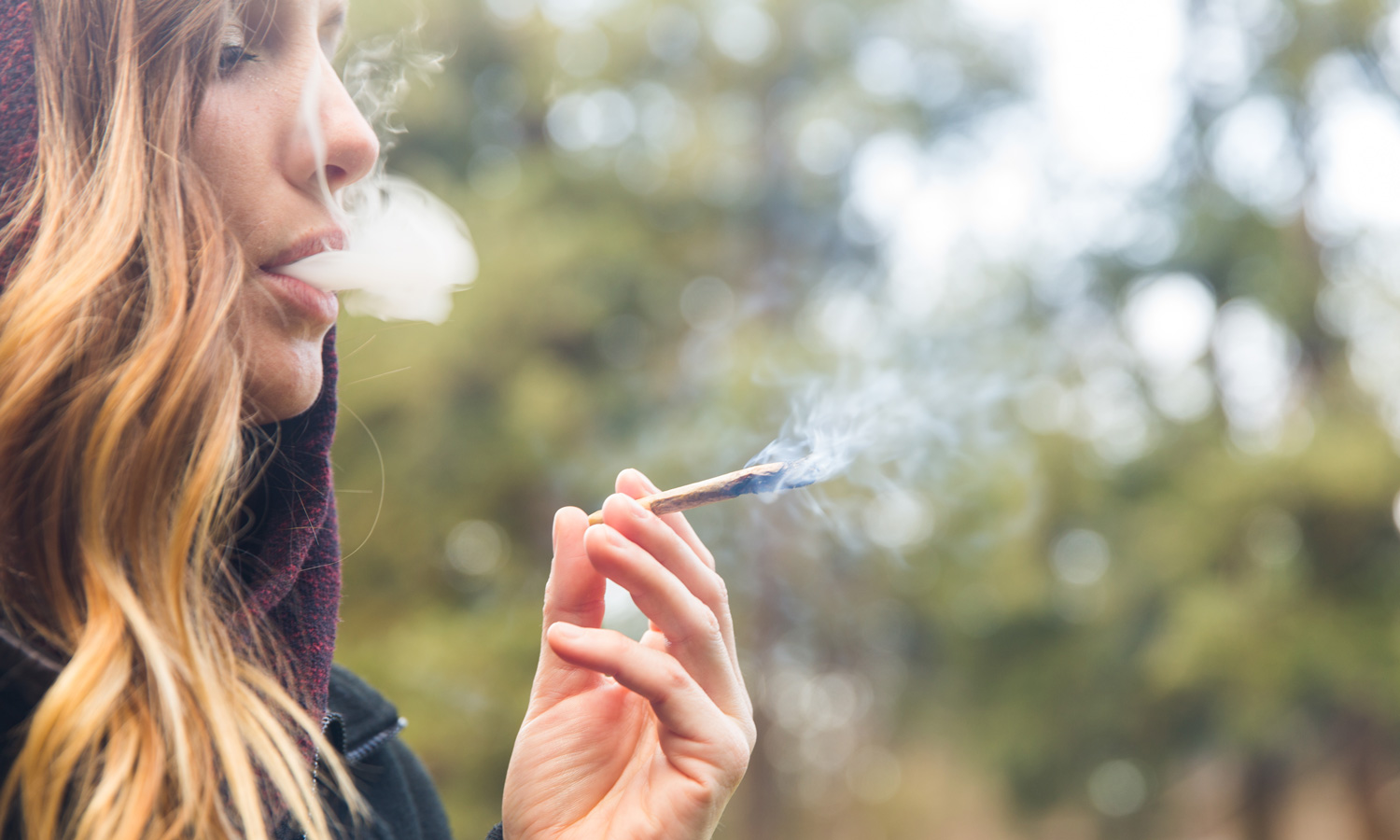Since all the philosophies and treatments in Ayurveda are intended to balance the body while promoting wellness, it isn’t surprising that they don’t encourage long-term use of cannabis.
This article originally appeared on Cannabis.net and has been reposted with permission.
Ayurveda is an ancient medical system originating in India, dating back to over 3,000 years ago. At the very core of Ayurveda, the treatments and lifestyle recommended are meant to promote good health while preventing illness. Some of the practices that are recommended in Ayurveda include using herbal remedies, massages, yoga, meditation, and following the specified diet.
Additionally, Ayurveda sees the five elements of nature—water, fire, air, space, and earth—combine in the human body as doshas, or components. These doshas are the pitta, vatta, or kapha, all of which relate to the elements of nature. Ayurveda states that for optimum mental and physical health, all the doshas should be well balanced.

In India, Ayurveda is the most widely accepted type of medical care the way we accept western medicine here. Professional ayurvedic practitioners should undergo institutionalized training in order to be able to practice.
Many westerners look to Ayurveda to counter illness and even as a substitute for western medicine as a whole. Just like naturopathy, homeopathy, and other more eastern-types of medical systems, Ayurveda has many benefits for those who want to veer away from conventional pharmaceuticals and the western medical system – which has failed many.
The uses of cannabis in ancient Indian medical texts has been traced to thousands of years ago, as it was written about in the Atharva veda, the traditional sacred literature that is part of the Vedas, stating that it’s one of the earth’s five sacred plants together with soma, sugar, darhbha grass, and barley. There are also certain ayurvedic names that refer to cannabis which are Vijaya for one, meaning, one who conquers; the other is siddhi, which means achievement and subtle power.
It wasn’t until the Middle Ages that cannabis was mentioned in ayurvedic texts where it was referred to as Bhang (leaves of female and male marijuana plants, and a name for hemp), charas (plant resin), and ganja (flowering tops of the female plant), among others.
Ganja is more widely used to refer to marijuana plant parts and in some Indian regions, they use Bhang to refer to a drink made out of cannabis.

How Ayurveda Recommends Cannabis Usage
Since all the philosophies and treatments in Ayurveda are intended to balance the body while promoting wellness, it isn’t surprising that they don’t encourage long-term use of cannabis. They believe that doing so will dry up the body; ironically, they also think that long-term use will cause anxiety, depression, reduction in testosterone and infertility in men.
However, they do promote moderate use which they believe will warm the body, stimulate the nervous system, sedate, and act as an aphrodisiac. According to Ayurveda, the properties of the plant are heat-producing, penetrating (quickly spreads around the body), sharp, pungent, and light.
RELATED: The Exploding Health Benefits Of CBD + Adaptogens
When making medicine out of cannabis, they use the flowers, resin, seeds, and leaves. Bhang made from leaf powder is usually given at a dose of 125 to 250 mg, for ganja 50 to 125 mg, and resin, 30 mg. They believe that the resin and the flowers are a powerful narcotic that has many spiritual and physical benefits.
The benefits of cannabis in their medical text is covered in multiple ways:
- Bhang is recommended for the temporary treatment of high blood pressure. It’s intended to be used for the short term only since high blood pressure is treated also using other types of ayurvedic practices.
- Bhang is also recommended for treating glaucoma.
- It stimulates the nervous system and provides relief from nervous exhaustion, convulsions, neuralgia, delirium, and headaches
- Sikh in the north of India occasionally take a mixture of bhang together with pistachios and almonds as well as rose petals, saffron, and black pepper among other things with cow’s milk to help them concentrate especially after tiring all-day practices. It’s also used to help them efficiently digest food.
- Oral cannabis was recommended during Tibbi and Ayurvedic rituals for the treatment of rheumatism and malaria
- Bang was consumed by newlyweds to help increase their libido
- Marijuana was mentioned by the Bhav Prakash Nighantu for treating nasal congestion, diarrhea, pain relief, and respiratory disorders among many others
- During the Holi, or Indian spring color festival, they prepare a drink called Thandai which has some variants, one of which is made with Bhang. Since the Kapha dosha tends to get imbalanced during the spring, they believe that drinking Bhang will help restore balance and treat seasonal congestions including coughs and colds
These are just some of the many recommended uses of cannabis in Ayurveda.

It’s also interesting to note that preparing marijuana requires purification first. In many cases they boil it first in Acacia arabica, a decoction known as Babbula. Other detoxification methods involve mixing cannabis in milk.
RELATED: The Connection Between Ayurveda, Cannabis, And Psychedelics
The philosophies of Ayurveda include right and wrong ways to use cannabis, but when used correctly, it’s effective in treating the conditions listed above. Primarily, it’s widely known to be effective in treating digestive and respiratory disorders and other disorders requiring the use of a tonic.
It also has spiritual properties as there are some scriptures indicating that it was cultivated and prepared for spiritual use. It was also a valuable plant for Lord Shiva, the god of transformation. There are no mentions in ayurvedic scriptures where it’s used for recreational purposes or intoxication, though many people in North India as well as Nepal use it regularly these days for recreation and as part of religious rituals.
This article originally appeared on Cannabis.net and has been reposted with permission.


